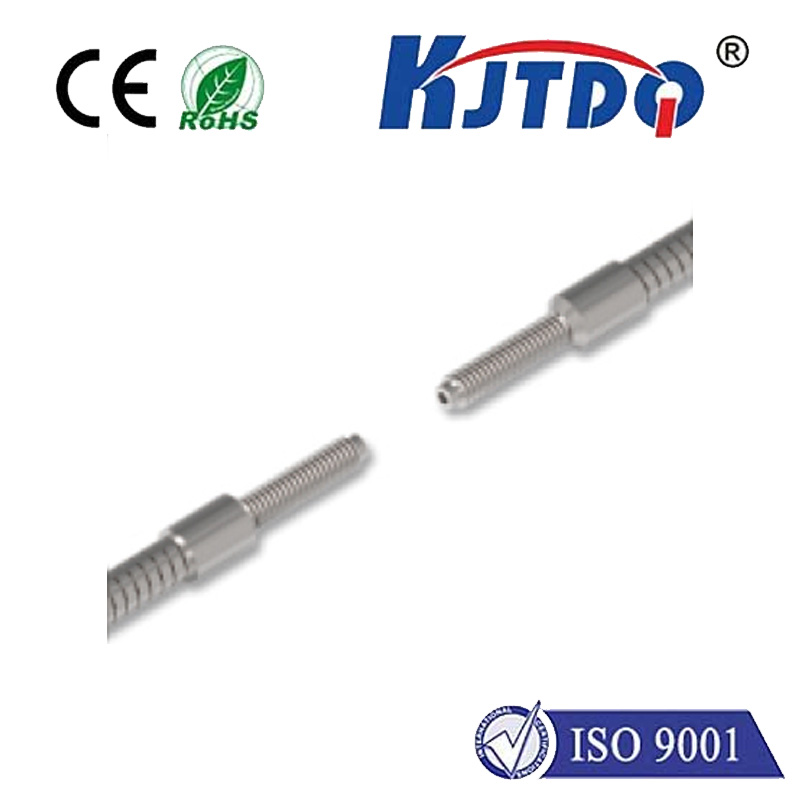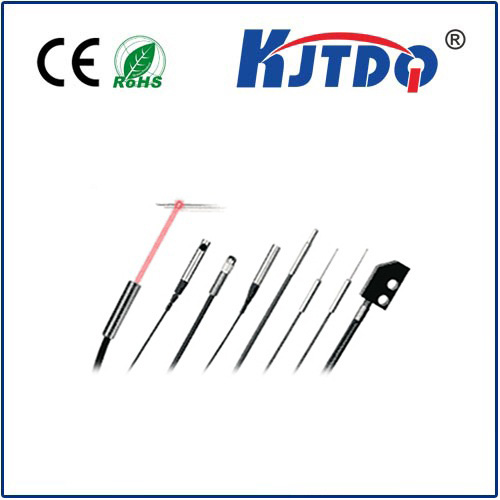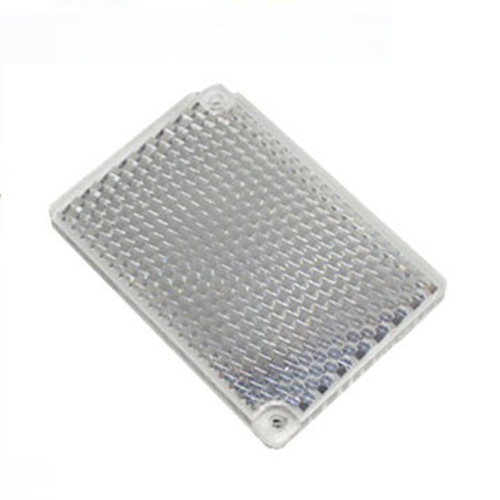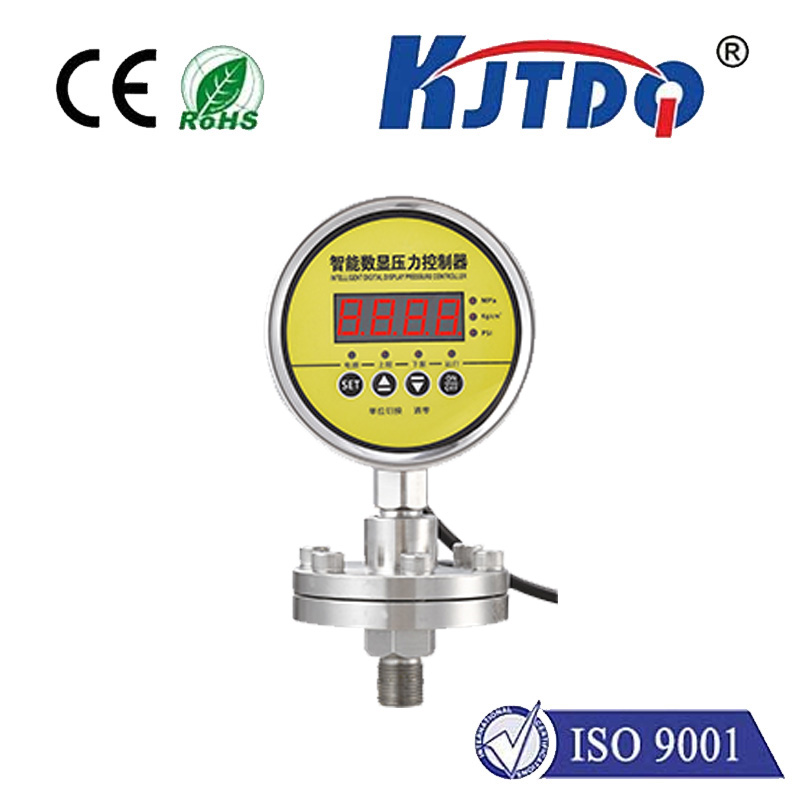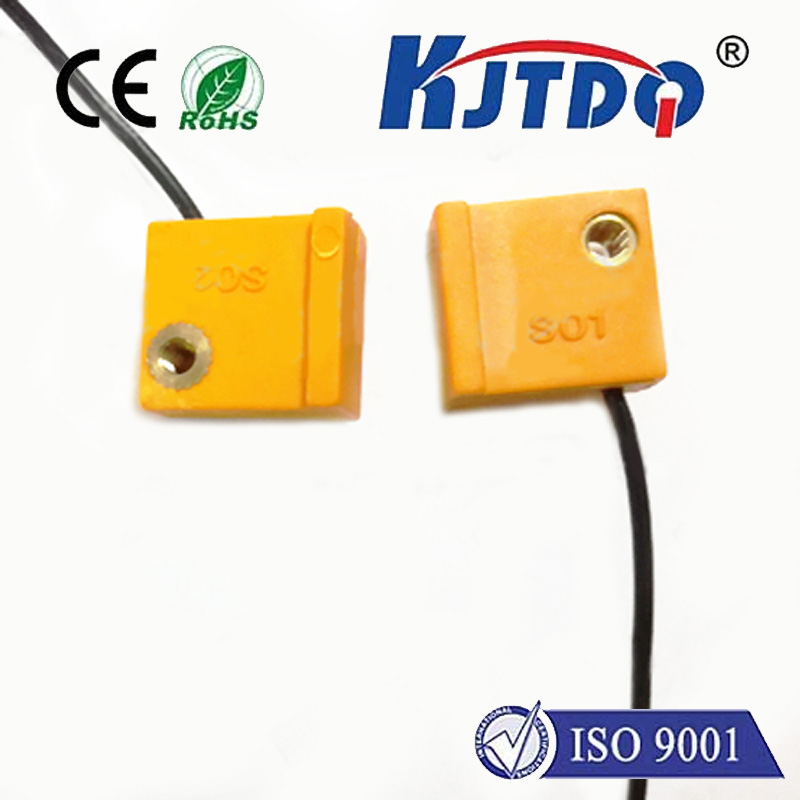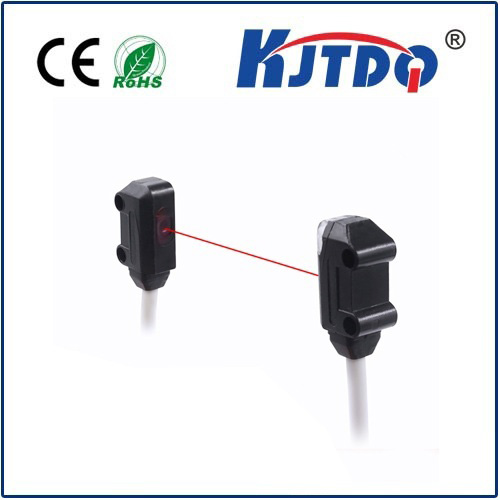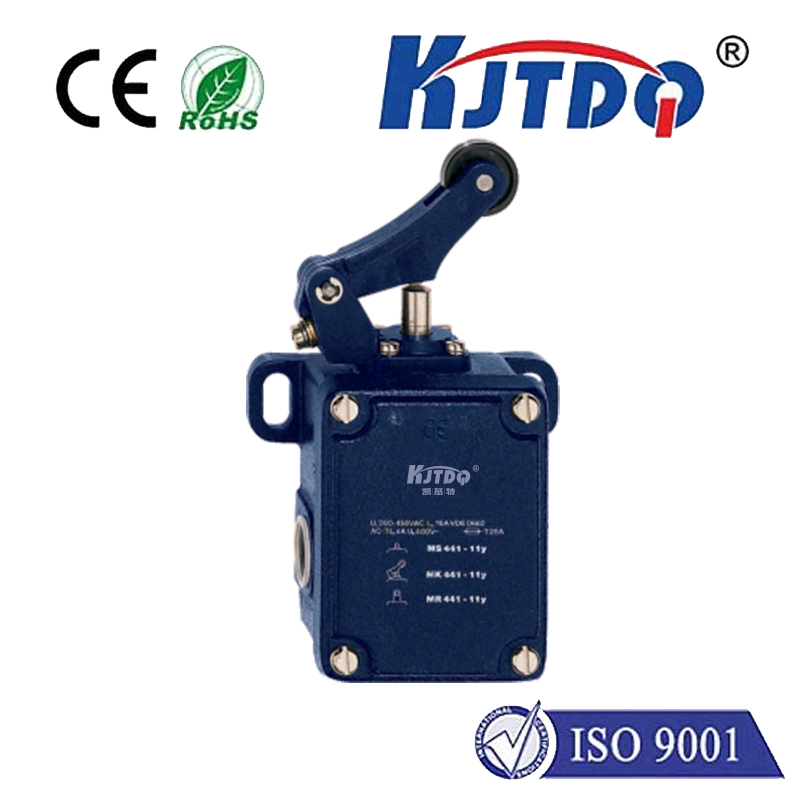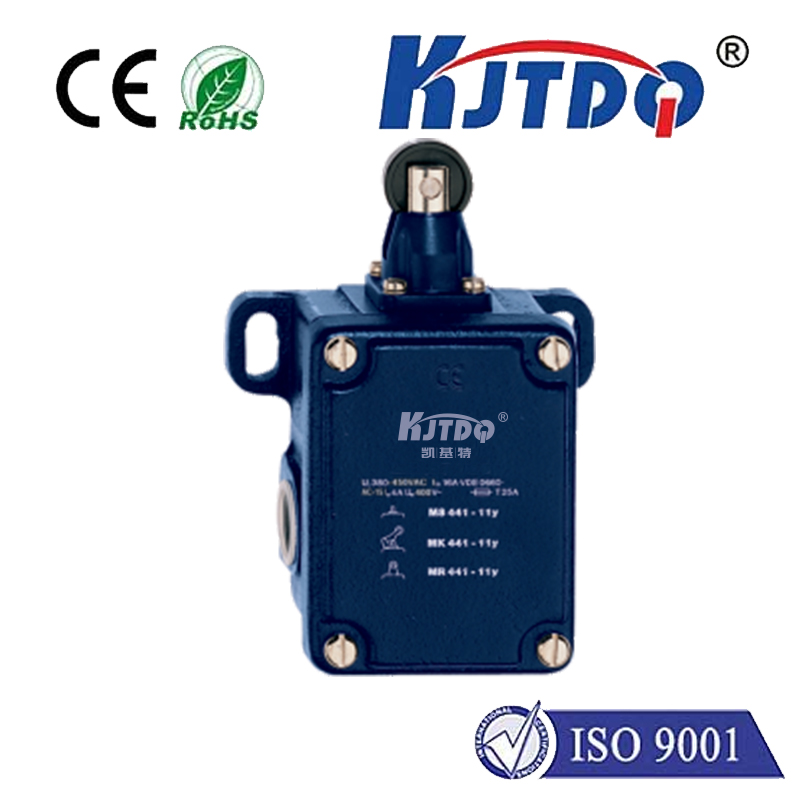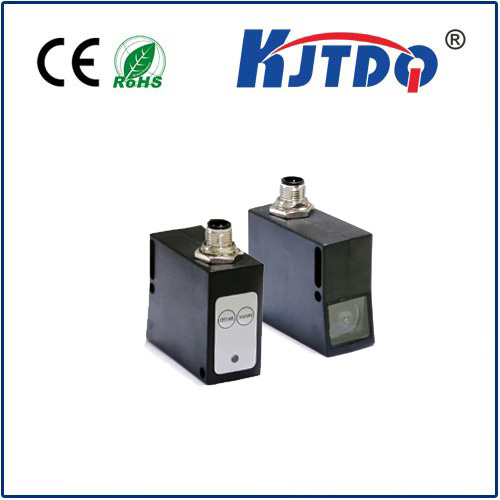temperature monitoring system
- time:2025-08-19 12:49:29
- Нажмите:0
The Critical Role of Modern Temperature Monitoring Systems in Safeguarding Assets and Processes
Imagine an entire batch of life-saving vaccines rendered ineffective, thousands of dollars worth of fine wine spoiled, or critical server infrastructure overheating and failing – all because of unnoticed temperature fluctuations. This isn’t alarmist fiction; it’s a preventable reality many industries face daily. Modern temperature monitoring systems have evolved from rudimentary thermometers into sophisticated, interconnected networks essential for ensuring quality, safety, compliance, and operational efficiency across countless sectors. This article explores how these integrated monitoring solutions are indispensable in today’s technologically driven world.
Beyond Simple Measurement: Core Applications Driving Demand
The need for precise temperature control spans diverse fields:
- Pharmaceutical & Life Sciences: Strict adherence to “cold chain” protocols is non-negotiable. Real-time temperature monitoring during storage and transit of vaccines, biologics, and sensitive reagents is critical for efficacy and regulatory compliance (e.g., FDA, EMA, GxP). Deviations can have severe consequences.
- Food & Beverage Industry: From farm to fork, maintaining optimal storage conditions prevents spoilage, ensures food safety (HACCP compliance), preserves quality, and minimizes waste across refrigerated warehouses, processing lines, and transportation.
- Healthcare & Laboratories: Hospitals rely on stable temperatures for blood banks, laboratories (incubators, freezers storing samples), pharmacies, and operating rooms. Labs conducting sensitive research demand precise environmental control for reliable results.
- IT & Data Centers: Server racks generate immense heat. Continuous thermal monitoring detects hotspots early, preventing costly hardware damage, downtime, and potential data loss. It’s fundamental for maintaining uptime and optimizing cooling efficiency.
- HVAC & Building Management: Modern Building Management Systems (BMS) integrate Датчик температуры throughout facilities for occupant comfort, energy conservation, and equipment health monitoring.
- Manufacturing & Industrial Processes: Many chemical reactions, material curing processes, and equipment operations require specific thermal conditions. Continuous process monitoring ensures product quality and operational safety.
The Anatomy of a Modern Temperature Monitoring System

These systems move far beyond standalone thermometers. A robust solution typically includes:
- Wireless Sensors: IoT-enabled temperature probes and thermal sensors placed at critical points. Modern sensors are compact, highly accurate, durable, and often battery-powered for flexible placement and long life.
- Connectivity: Utilizing Wi-Fi, Bluetooth Low Energy (BLE), LoRaWAN, or cellular networks to transmit data seamlessly from sensors to a central hub or cloud platform.
- Gateway/Data Logger: Acts as a local hub, collecting data from multiple sensors and transmitting it to the central monitoring platform. Some also store data locally as a backup.
- Centralized Cloud-Based Platform: The “brain” of the system. This powerful monitoring software receives, stores, visualizes, and analyzes data in real-time. It offers:
- Dashboard Visualization: Intuitive displays showing current temperatures, historical trends, and sensor status across the entire monitored environment.
- Automated Alerts & Notifications: Crucially, the system triggers immediate alerts (SMS, email, app push) via real-time notifications when readings breach predefined safe ranges, enabling rapid intervention.
- Data Logging & Reporting: Comprehensive, time-stamped records for compliance auditing (e.g., proving cold chain integrity), troubleshooting, and process optimization. Easy generation of customizable audit reports.
- User Interface: Accessible via web browsers or dedicated mobile apps, allowing authorized personnel to monitor conditions and manage the system from anywhere.
Key Advantages Driving Adoption
Implementing a sophisticated environmental monitoring system delivers substantial benefits:
- Enhanced Quality Control & Product Integrity: Consistent temperature maintenance directly protects product efficacy, safety, and shelf life, minimizing costly losses.
- Regulatory Compliance Assurance: Provides irrefutable, automated data logging and comprehensive audit trails required by stringent regulations in pharmaceuticals, food safety, and healthcare.
- Reduced Risk & Downtime: Proactive monitoring and immediate alerts allow personnel to address issues before they escalate into product spoilage, equipment failure, or operational shutdowns, significantly mitigating risk.
- Increased Operational Efficiency: Automates manual temperature checks, freeing personnel for higher-value tasks. Data insights can also reveal inefficiencies in cooling systems or storage layouts for optimization, potentially lowering energy costs.
- Peace of Mind: 24⁄7 remote monitoring capabilities provide constant assurance that critical assets and processes are within safe parameters, even outside business hours.
Choosing the Right System: Critical Considerations
Selecting the optimal temperature monitoring solution requires careful evaluation:
- Accuracy & Range: Match sensor specifications to the required precision and temperature extremes of the application.
- Scalability: Can the system easily accommodate adding more sensors or expanding to new locations as needs grow?
- Reliability & Battery Life: Sensor durability and long battery life (often years) are crucial for uninterrupted operation and reduced maintenance.
- Connectivity & Range: Assess the physical environment (metal walls, distance) to choose the right wireless technology (Wi-Fi, BLE, LoRaWAN, Cellular).
- Alerting Capabilities: Ensure the system supports multiple, configurable notification methods to reach the right people reliably and immediately.
- Data Access & Reporting: Evaluate the cloud platform’s usability, visualization tools, reporting flexibility, ease of data export, and integration capabilities (e.g., with existing BMS).
- Security: Robust data encryption and secure user authentication are paramount for protecting sensitive information.
- Total Cost of Ownership (TCO): Consider hardware, software subscriptions, installation, and ongoing maintenance costs.
The Future: Intelligence and Integration
Temperature monitoring systems are becoming increasingly intelligent. Integration with AI and machine learning enables predictive analytics, identifying patterns that might indicate potential equipment failure before it happens, or optimizing energy use based on predictive usage patterns. Further IoT integration within broader building, fleet, or industrial control systems creates a truly interconnected ecosystem for comprehensive environmental management. The future lies not just in monitoring, but in predicting, automating, and optimizing based on precise temperature data. In an increasingly quality-conscious and regulated world, the investment in a robust, modern temperature control and monitoring system is no longer a luxury; it’s a fundamental necessity for safeguarding assets, ensuring compliance, and driving operational excellence across countless industries.







